It’s About The Ethics of Super Powers in Gillen and Wijngaard’s Power Fantasy #1
Relaxed but always on edge until the narrative bomb drops, you can see how far Gillen and Wijngaard are willing to go with this story.
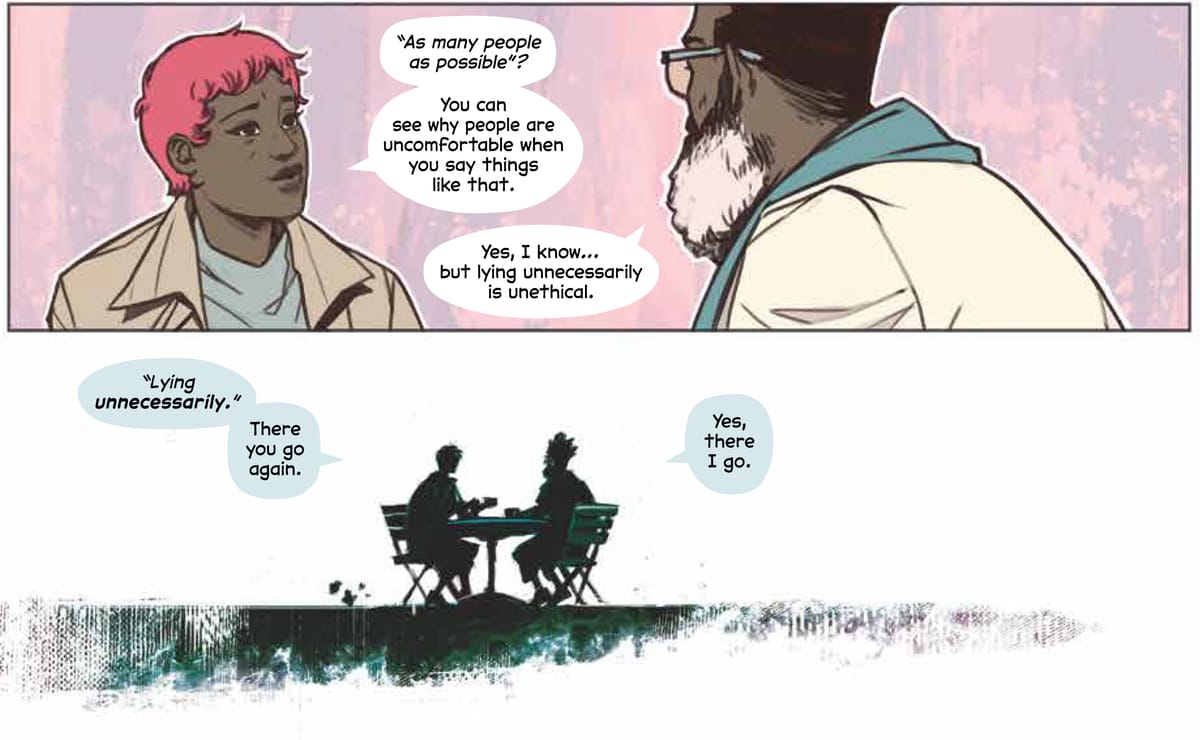
Following Immortal X-Men, The Power Fantasy #1 feels like the next logical step for Kieron Gillen. Immortal X-Men was a story about a group of super-powered beings trying to hold a nation together. The Power Fantasy #1 is about a group of super-powered beings trying to hold the world together. Gillen and artist Caspar Wijngaard take the idea of super-powered nations (nations with nuclear arsenals) and imagine all that power in the hands of six super-powered people— superheroes and supervillains if you will. The Power Fantasy #1 explores what it means to rule over the world as if that kind of power would put all of our fates in those few hands. It sets up super-beings as autocrats, which in many ways is what we see rising throughout the world (just without the powers) and thankfully, we can find evidence of a world pushing back against these would-be rulers. This rise of wannabe dictators, fascists, technocrats, and so many other labels are the things comics have been trying to warn us about for years. Particularly when you look at the rise of super-heroes in the post-World War II years (more around the 1950s and 1960s,) created by men and women who fought in that war and by the children of those wars, it’s not too hard to see the lines from WWII to Doctor Doom, Magneto, or even Lex Luthor (a pre-war creation but a character so resonate with the 70s, 80s, and 90s.). Maybe it’s time to be reminded of those lessons and how they need to still ring out today. They’re still needed as in many ways, we’re no better off now than we were then.
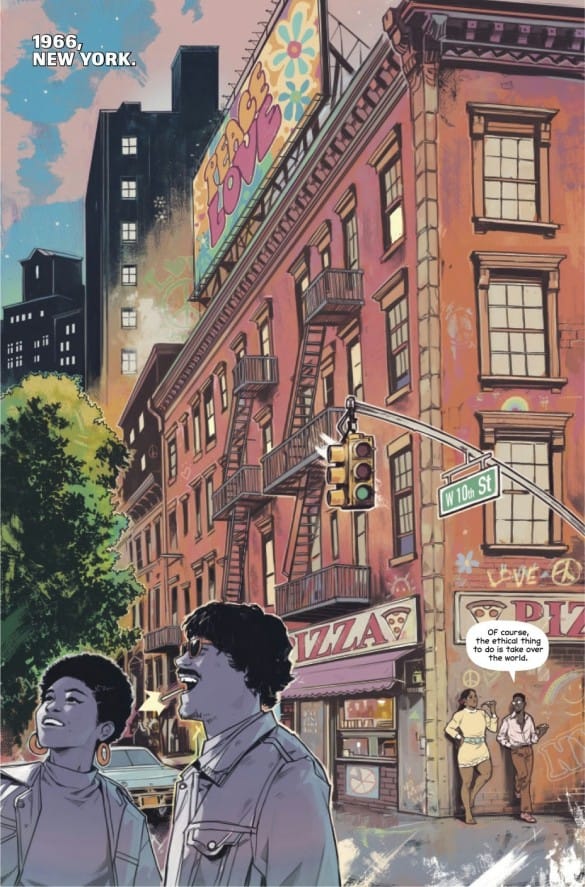
That’s a lot to put on The Power Fantasy #1 but after books like The Eternals and The Immortal X-Men, Gillen feels primed to explore what it means when the power to destroy the world is concentrated on a handful of men and women. In this first issue, it’s hard to even tell who the good guys and the bad guys are. Wijngaard draws all of these beautiful people whose moral compasses don’t quite point to the same true north as yours or mine does. Their north is shifted somewhat by the powers that they possess. There’s a mixture of benevolence and self-preservation to their motives. As a dialogue-heavy narrative, Gillen and Wijngaard introduce us to characters like Etienne Lux, Valentina, and Brother Ray, as well as a couple of others who get just a page here and there, and set up the personal dynamics of this group of Atomics as they’re called here— the super-powered beings. Much like The Wicked + The Divine, this is a new modern pantheon but here these gods are cultural beings more defined by personal aesthetics than The Wicked + The Divine’s pop aesthetics.
So is Etienne Lux, the Atomic we spend the most time in this issue, a hero or a villain? Or is there room in this world to be both? It’s practically a given today that we see and define things as good and evil, black and white, us or them as if everything falls into some kind of binary 0 or 1 logic. Gillen and Wijngaard leave a lot of room in this issue for the possibility of multiple things to be true for these characters. Maybe their moral compasses need to point to a different north than ours does. As an introduction to these characters, these show that there can be different readings of each of them. Etienne Lux ethically looks at the world but that also leads him to the possible need to kill millions to maintain some kind of peace and order. When Valentina challenges him, “In what universe are you a ‘good person?’” Lux’s answer is an easy “This one.”
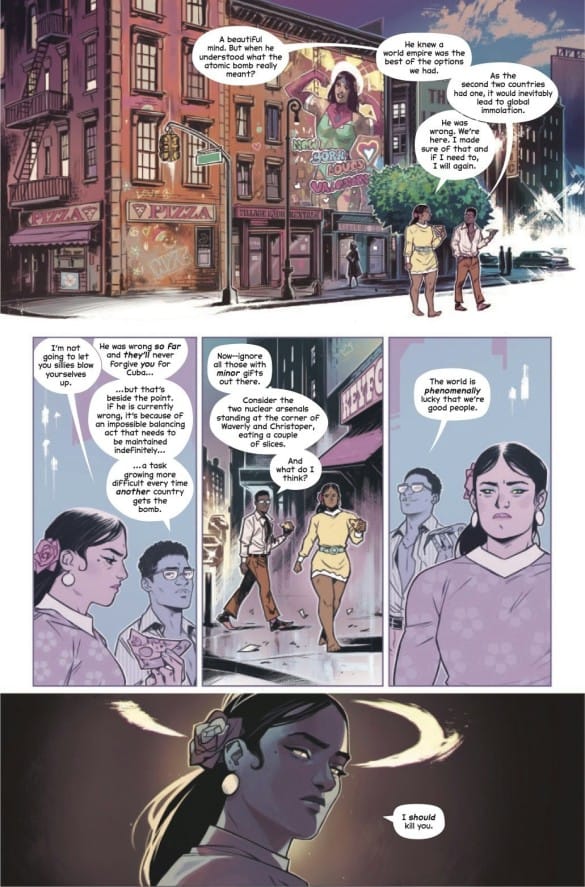
There’s a warmth and largesse to these characters that are capable of great things for humanity- that much is clear this early. They’re harbingers of a new and better tomorrow. They also know the power that they possess and what they could do both for us and to us if pushed to. And they do get pushed in this first issue. Wijngaard sets up this forced chilled vibe for most of this issue— the characters are trying to be calm, cool, and collected but you just know it’s a facade. Wijngaard takes Gillen’s dialogue that’s full of all of these concealed threats and plays with the emotional mask these characters wear as they talk about ifs and hypothetical possibilities, knowing all along that it wouldn’t take much for them to turn these discussions into action. And when all of the talk gets challenged by the people that these gods look down on, Wijngaard’s storytelling drops those masks and becomes this brutal show of power and revenge committed by the stories’ “heroes.”
This first issue is full of as much terror as it is hope, which is a delicate balancing act to perform while we’re still getting to know these characters. It’s hard to get a handle on just where Gillen and Wijngaard are going to go with this series. There’s so much promise and so much threat which could be whiplash-inducing inducing but these creators make it exhilarating. At the end of the issue, someone asks Lux “… is everyone safe now?” and that’s the real question. Whether it’s super-powered beings or super-powered nations, is there a world where any of us are safe? It’s a stinging note to leave the audience with at the end of the first issue. We want to think that Doctor Doom, Magneto, and Lex Luthor will always be defeated by the Fantastic Four, the X-Men, and Superman. It’s nice and safe, making it easier to sleep at night with the fantasy of good guys and bad guys. The Power Fantasy #1 doesn’t view the world that simply. In this issue at least, there’s no absolute good and no absolute evil. It acknowledges that we just don’t know what the people we think are good or bad are capable of doing.
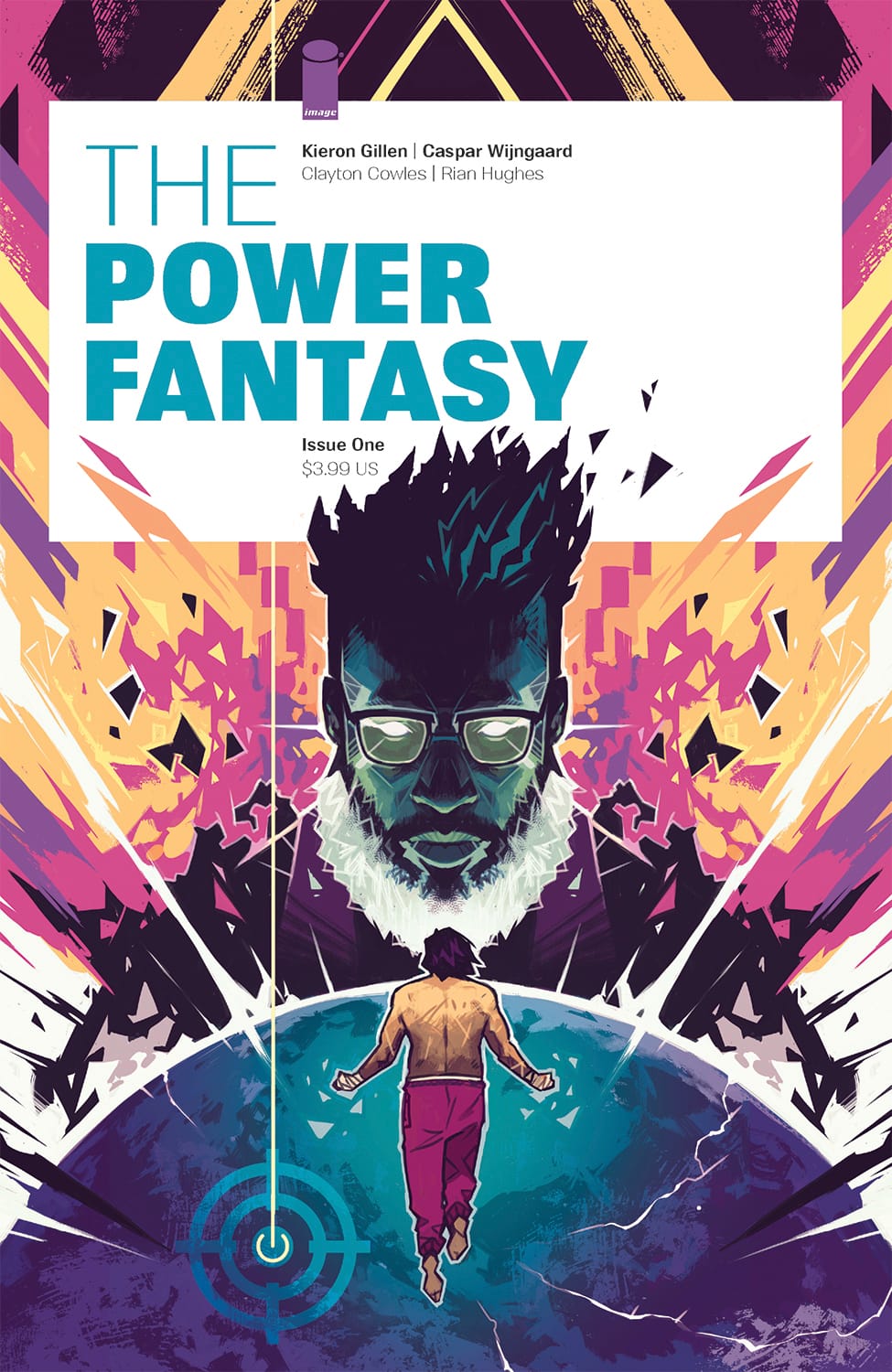


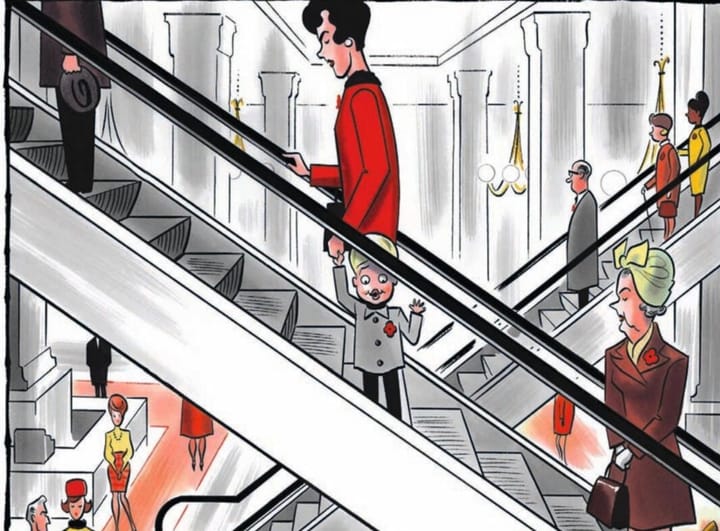
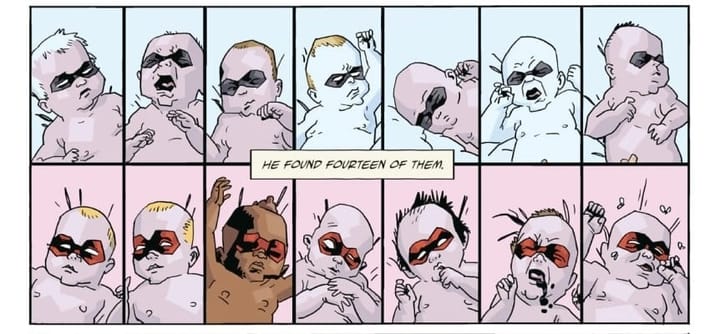
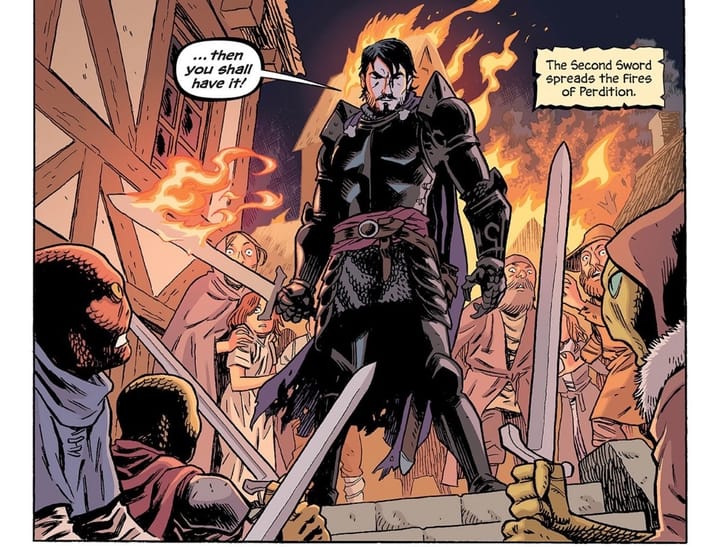
Comments ()